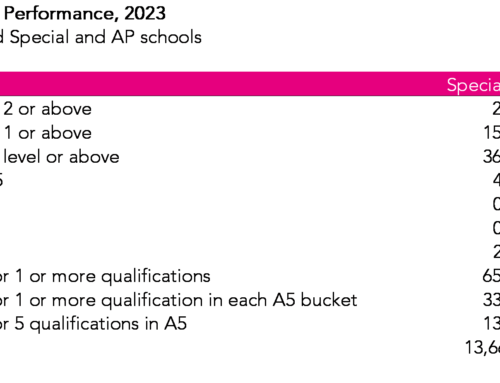It’s soon going to be that time of year again when parents start to pick schools for their children. There has been a whole host of research into the factors that influence these choices and I (along with Sam Sims and Christian Bokhove) have warned about how parents should not put too much weight on Ofsted grades.
But how do mums and dads differ in what they look for in a school? Surprisingly, we know very little about this issue.
In a new academic paper published last week in the Oxford Review of Education I investigate this issue – drawing upon data from 300,000 parents from across 25 countries.
What factors did we consider?
As part of the PISA survey, parents were asked the importance they attached to 11 factors when they were selecting a secondary school. This included things like how far the school was from their home, whether it has a good reputation, costs and whether it has a safe school environment.
On most of these factors, the views and mothers and fathers were very similar. They were equally likely to say that factors surrounding cost and proximity to home were important. Likewise, they were equally (un)fussed about the particular teaching approaches used or whether they already had other family members attending the school.
There were, however, a few places where mothers and fathers did diverge. The most striking of these were whether the school had a safe environment and a pleasant environment – as illustrated in Table 1. For instance, 67% of mothers felt that safety was a very important factor (falling concrete, anyone?) compared to 60% of fathers. This held true across almost all 25 countries we considered.

Mothers were also somewhat more likely than fathers to rate the school’s reputation and achievement levels as important to their school decision.
An area where we need to know more
These results are really a first stab at better understanding of the intra-family dynamics of selecting a school. To what extent do parents disagree about where to send their child to school? When their views differ, who wins the argument? And what about when children are younger, when they enter primary school?
At the moment, we don’t really know much about these questions. But they are critical to understanding the how and the why a child ends up going to a particular school.
Want to stay up-to-date with the latest research from FFT Education Datalab? Sign up to Datalab’s mailing list to get notifications about new blogposts, or to receive the team’s half-termly newsletter.






I wonder how this differs by gender of the child/ren?